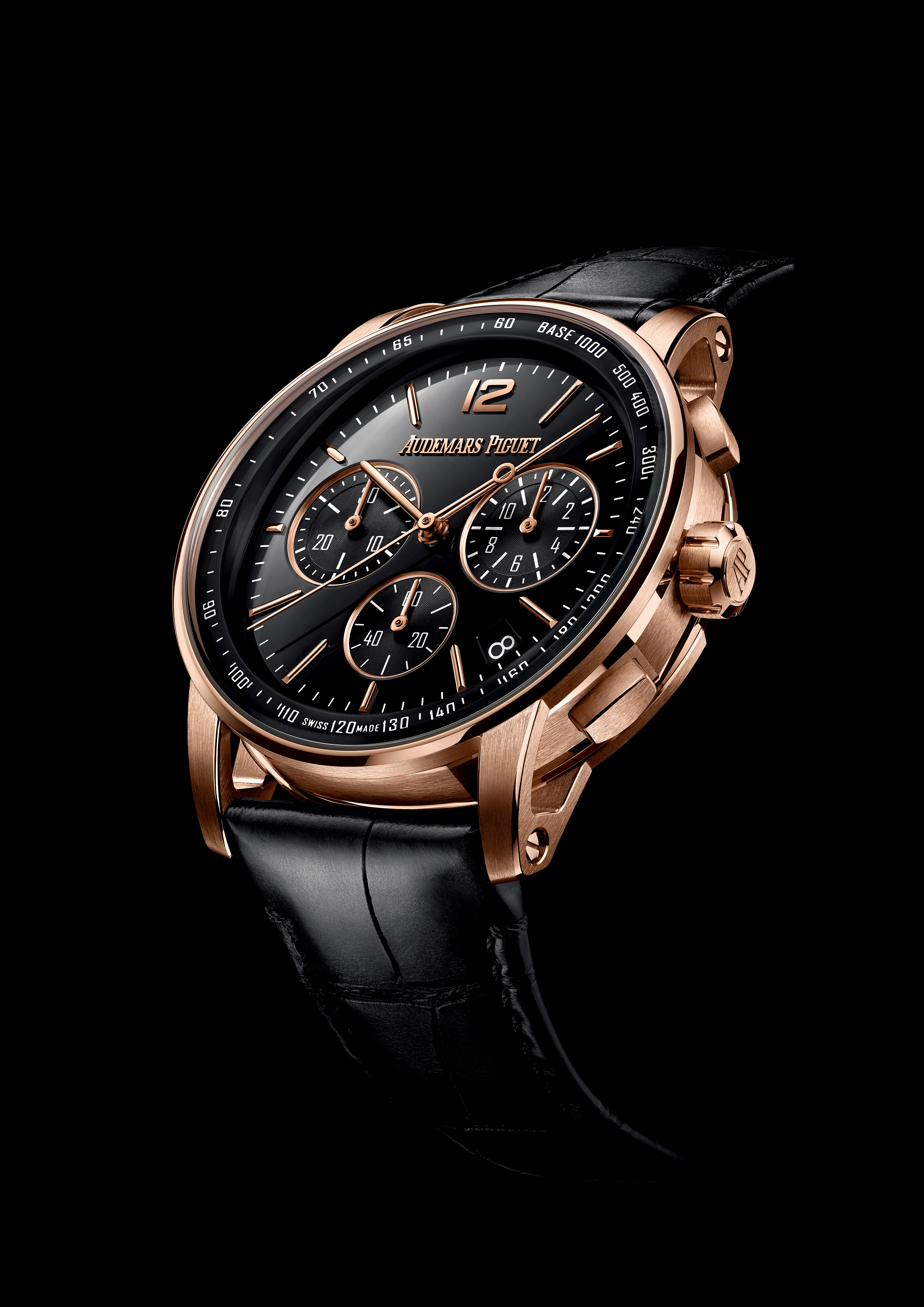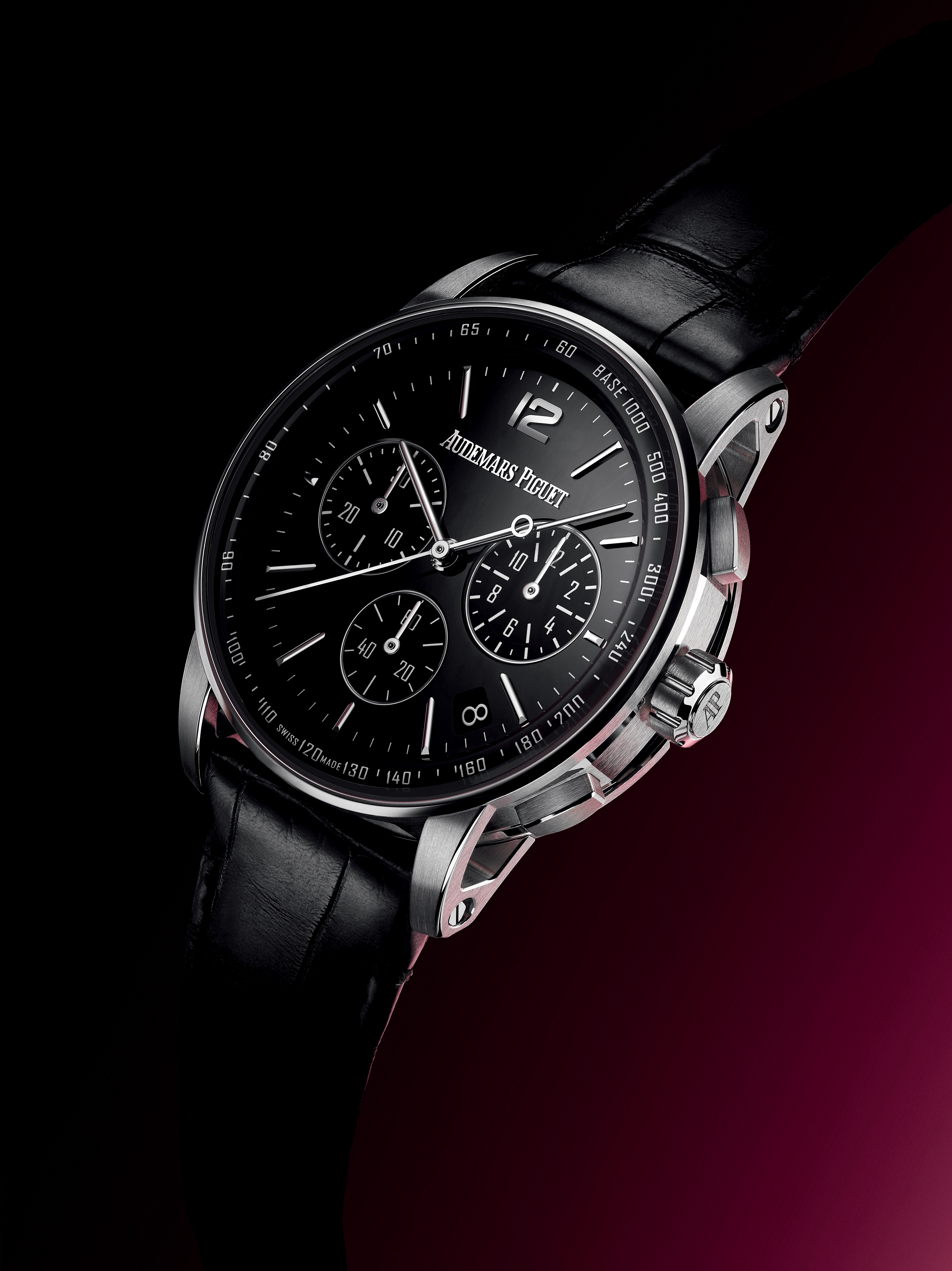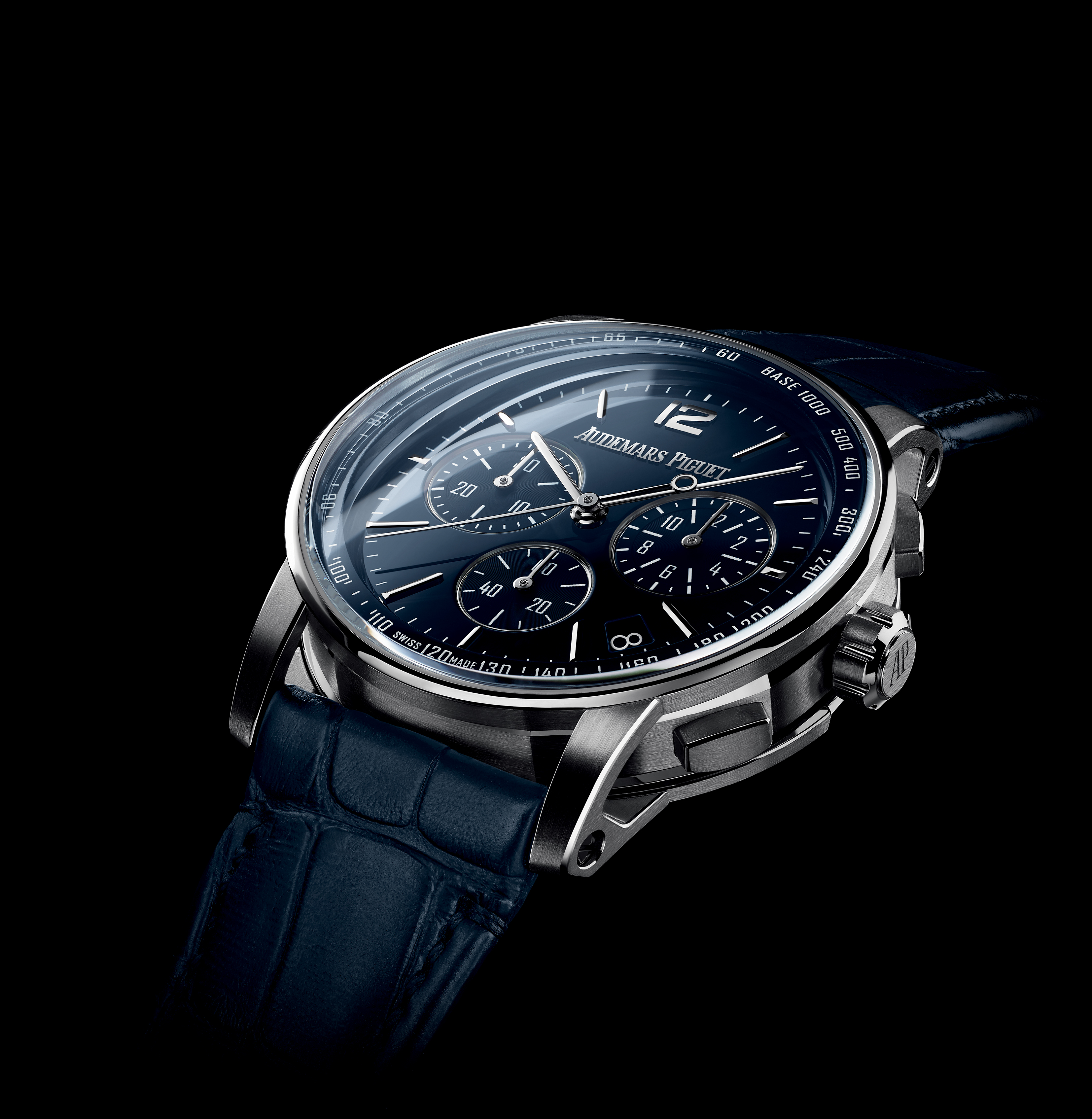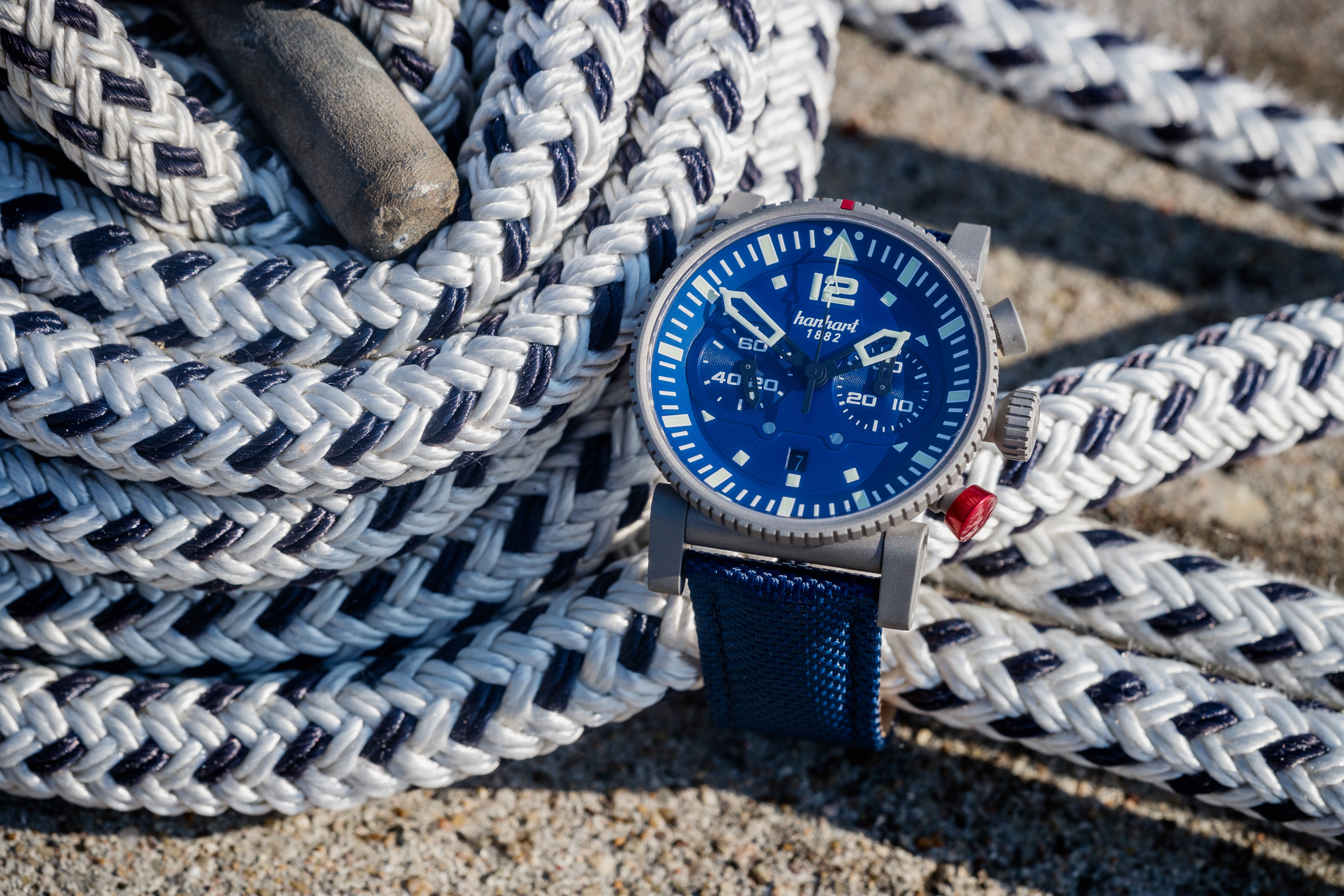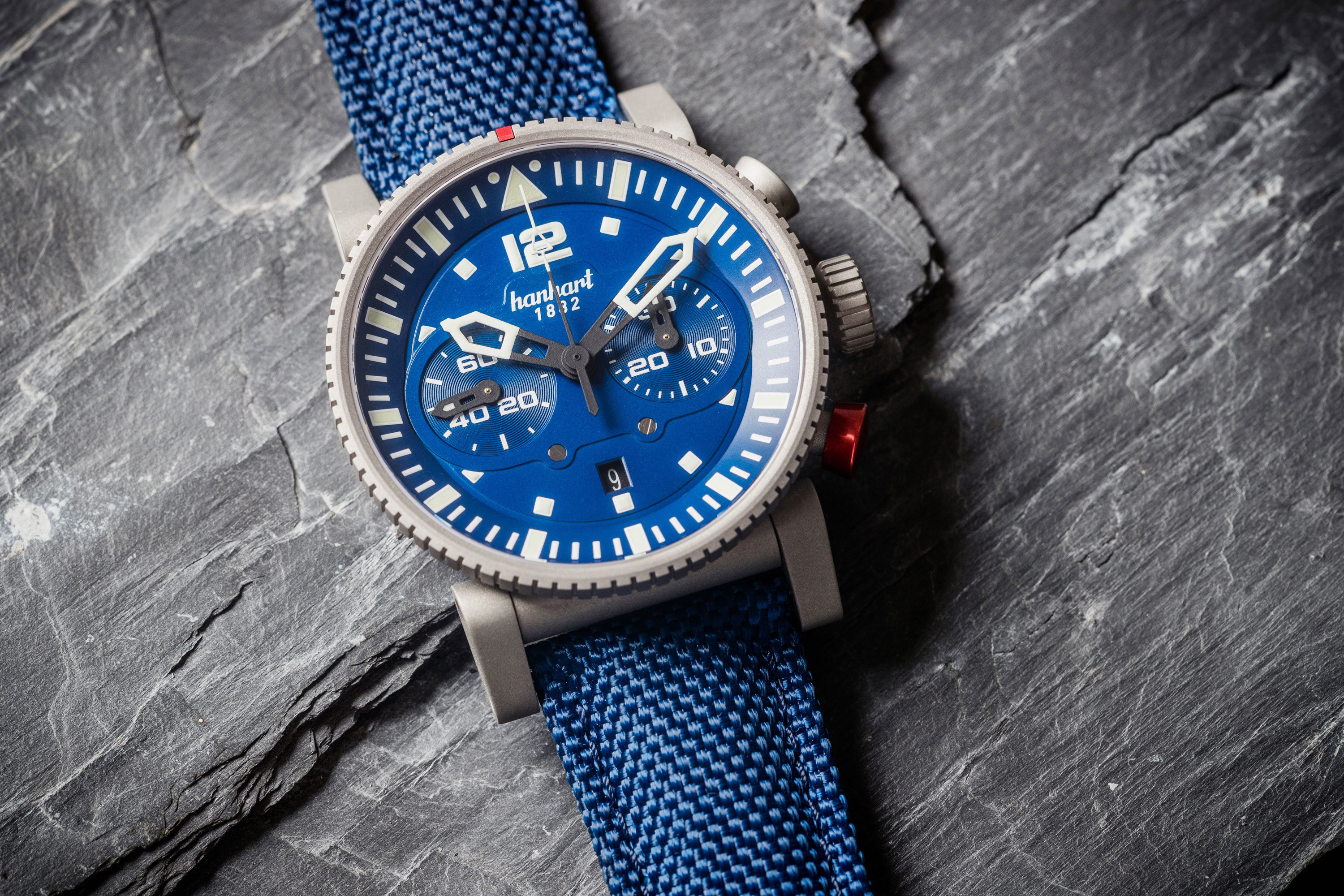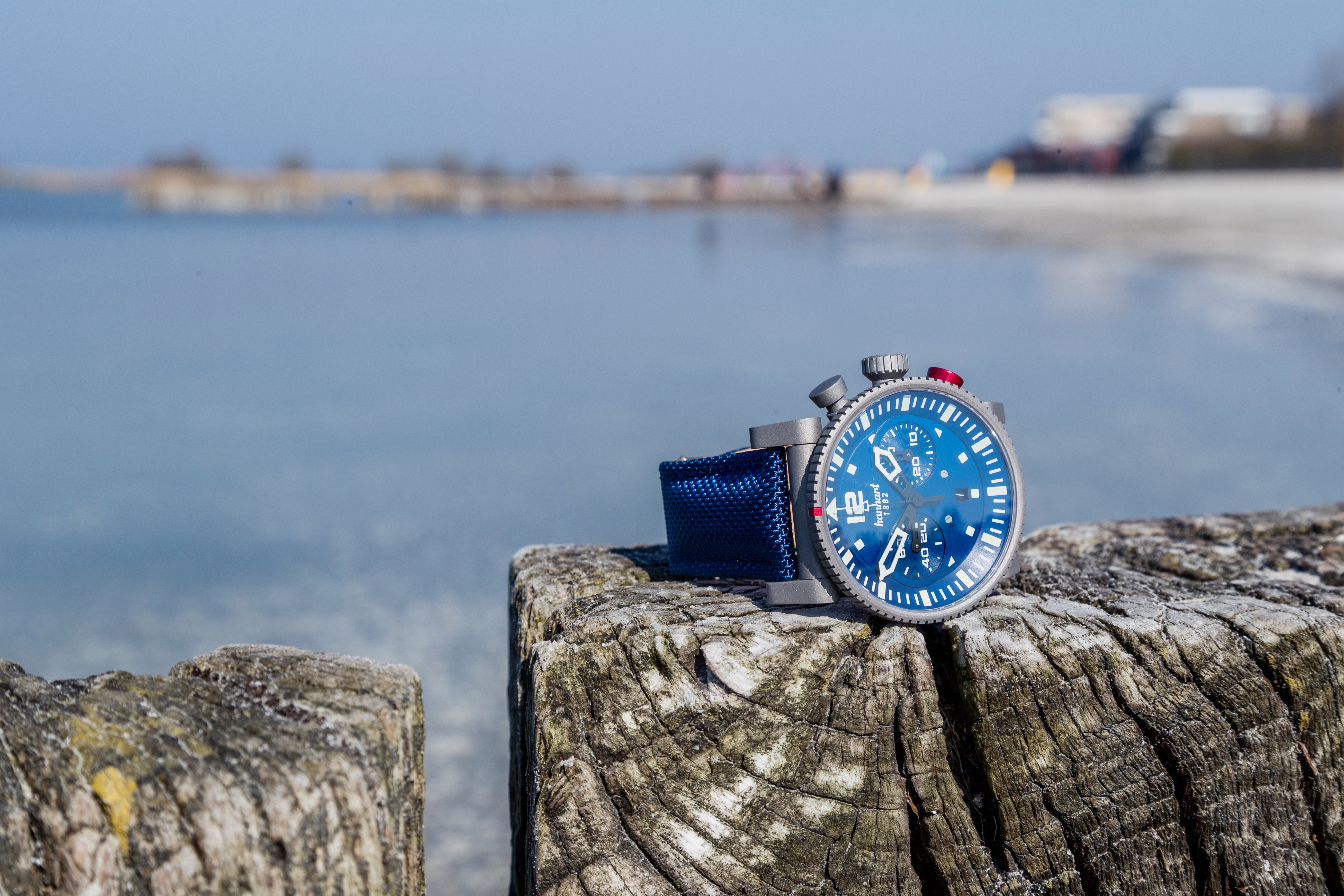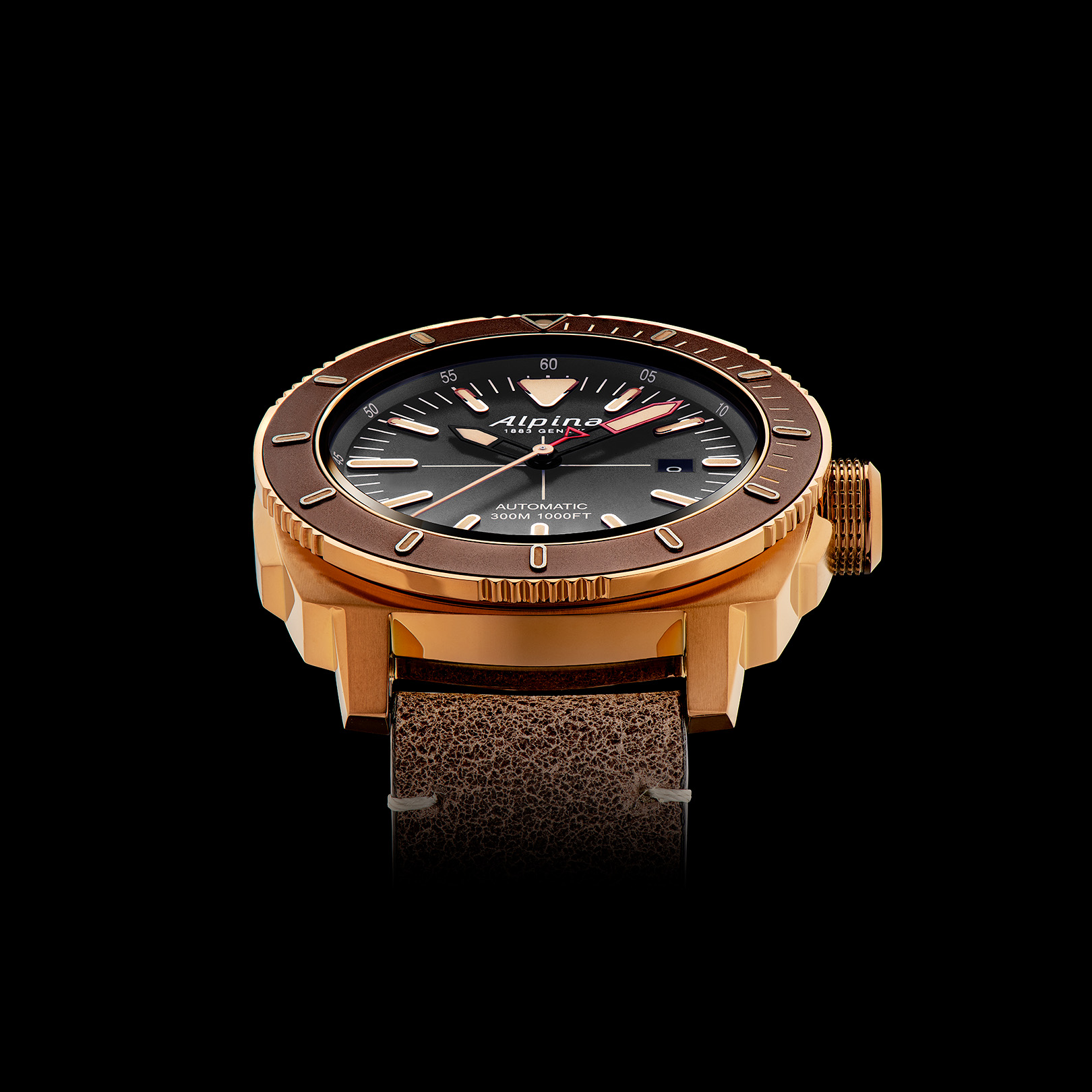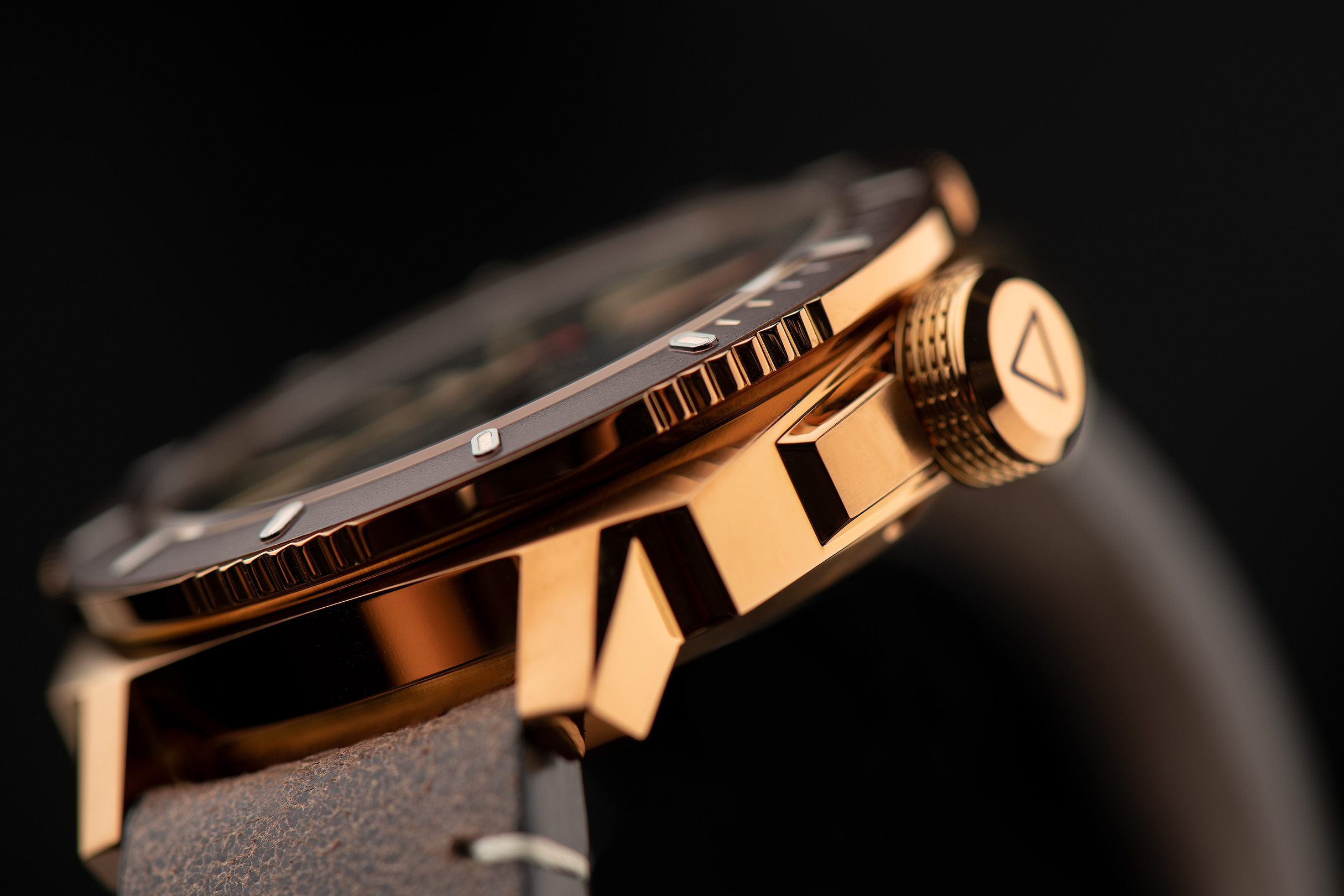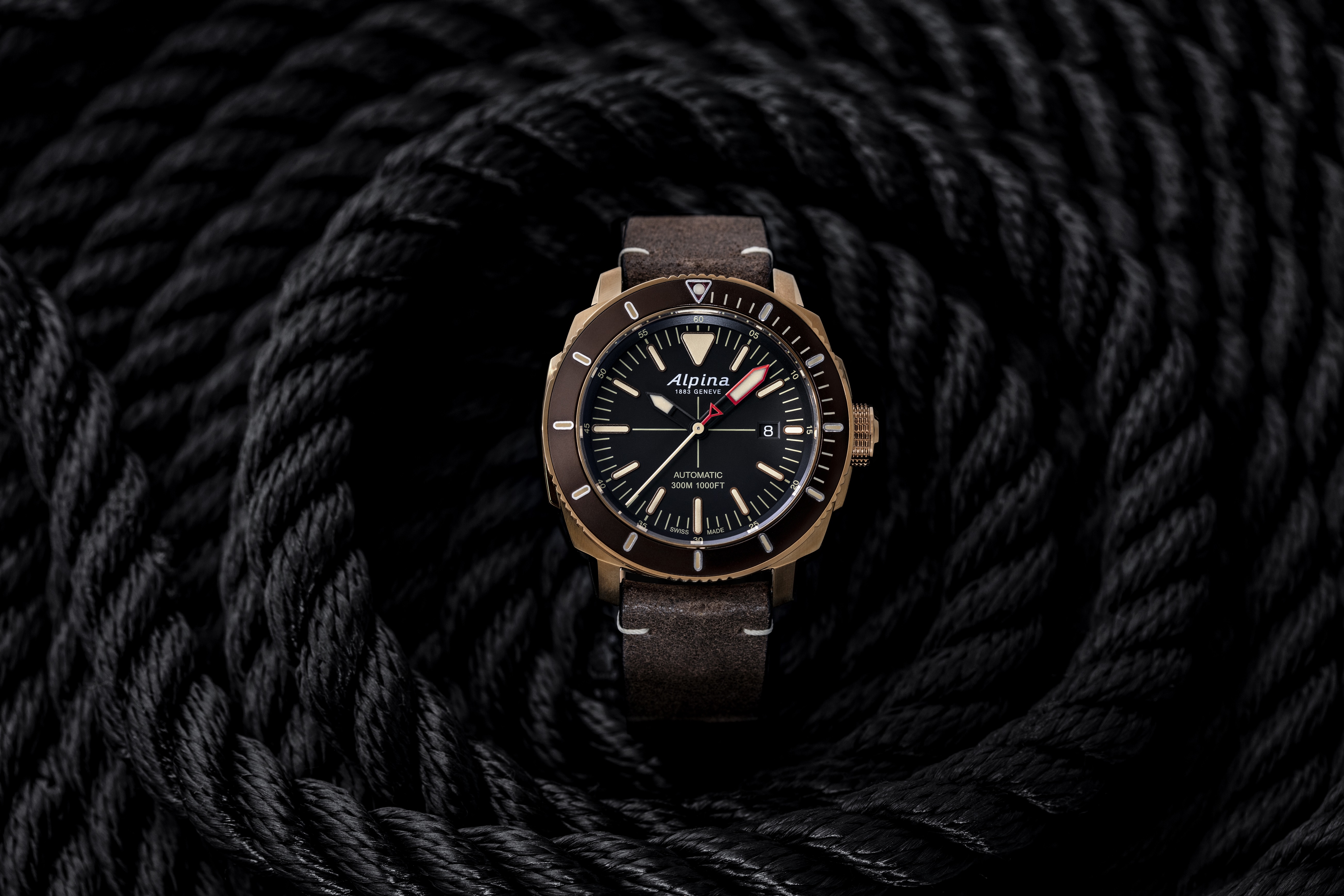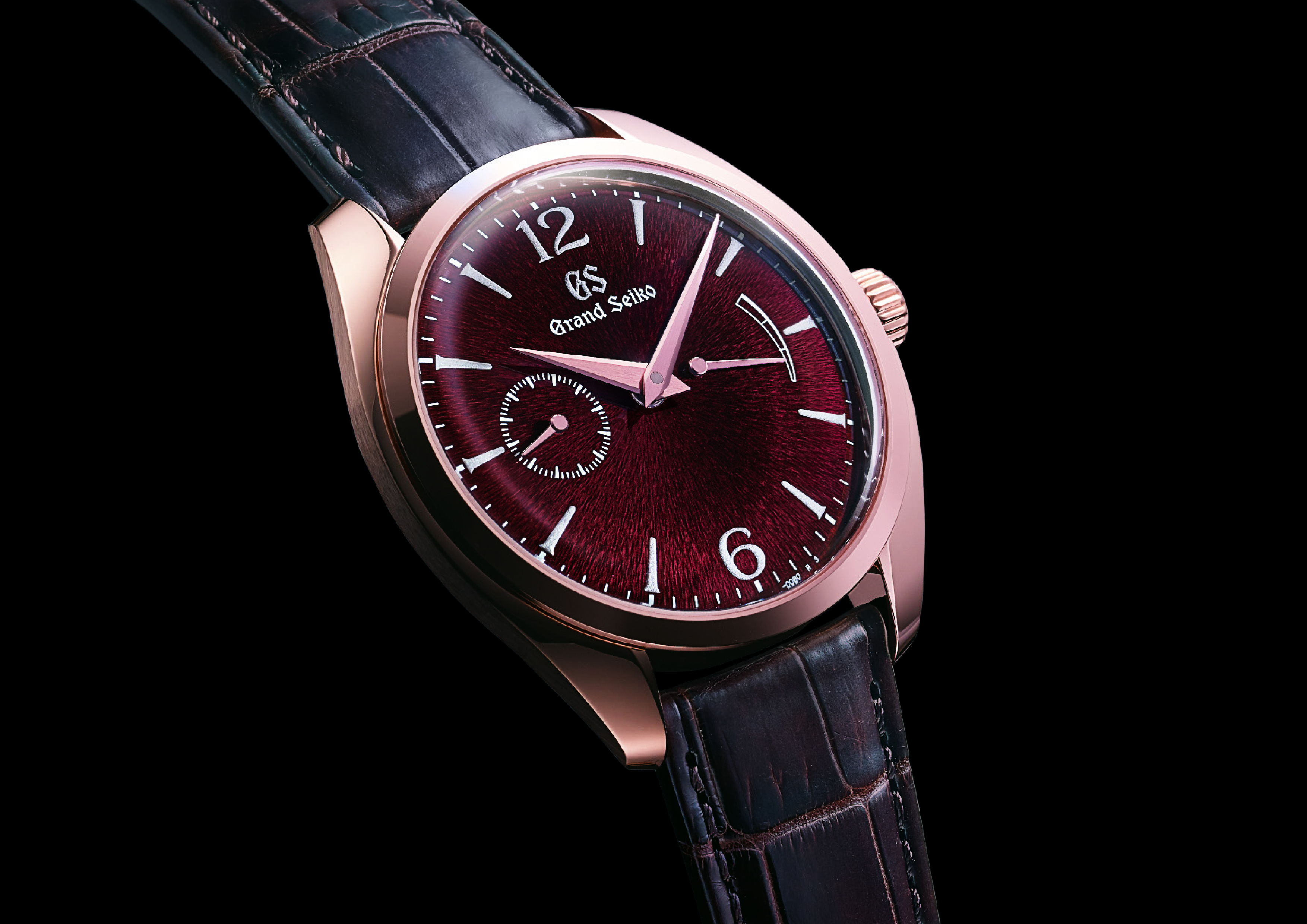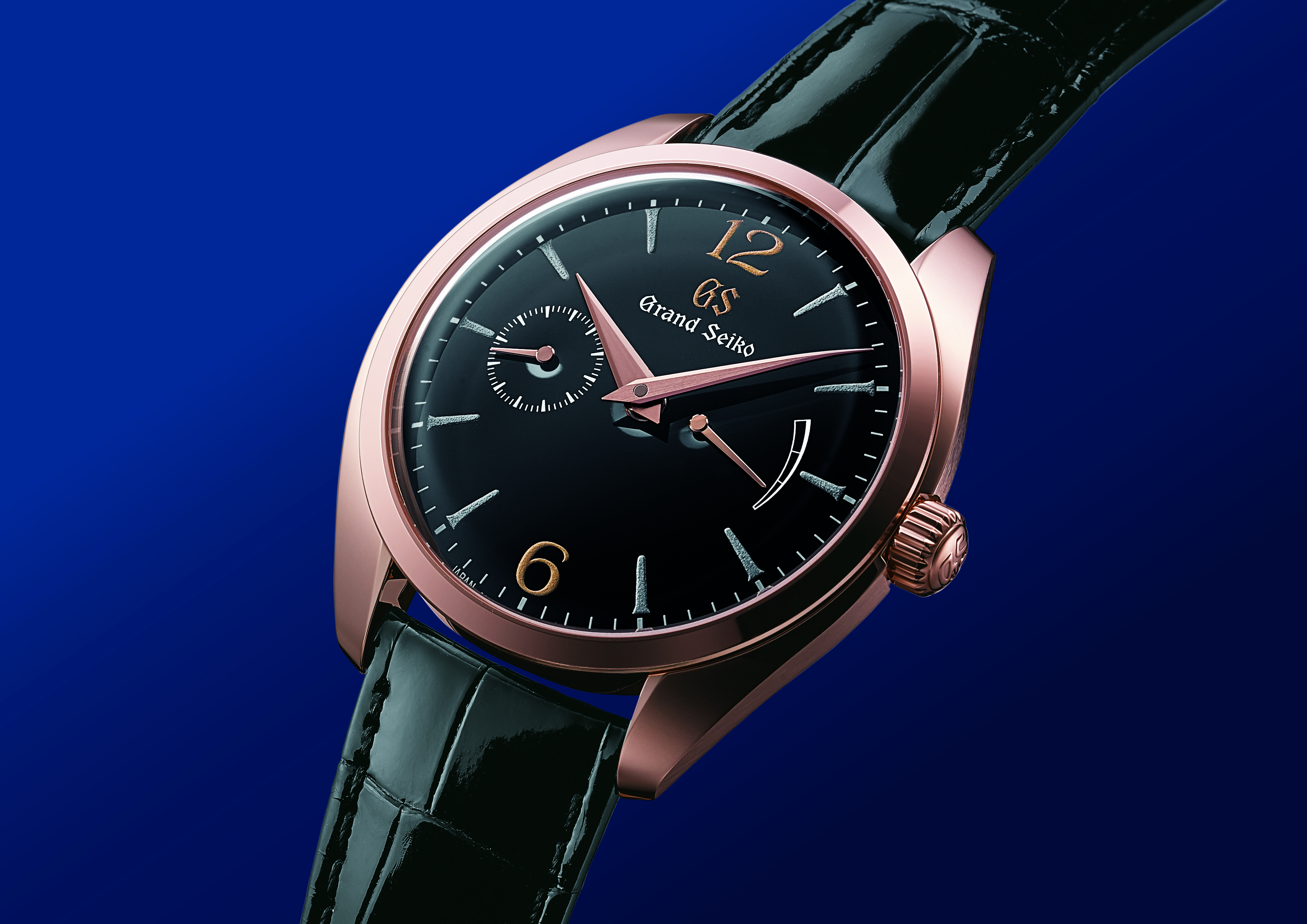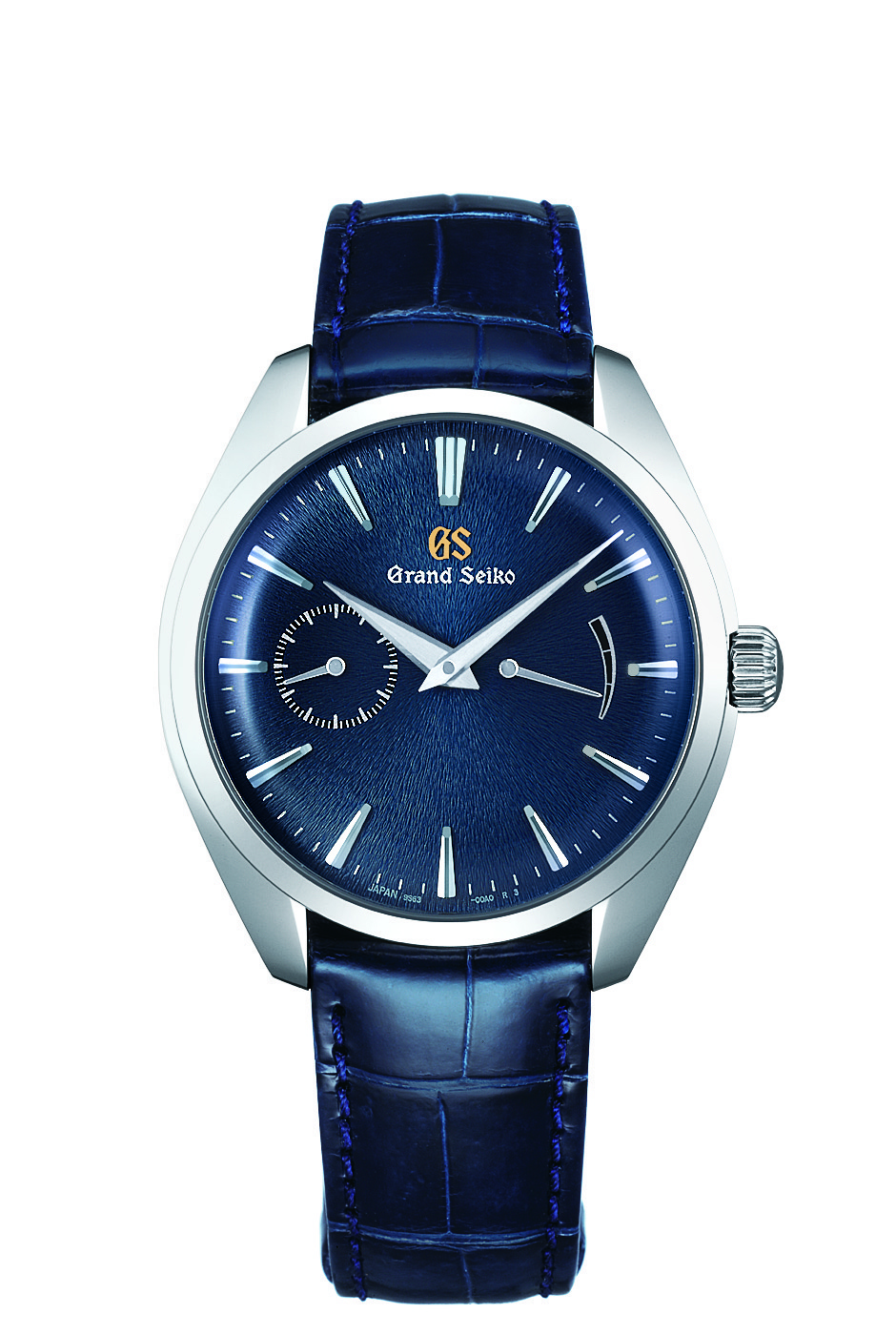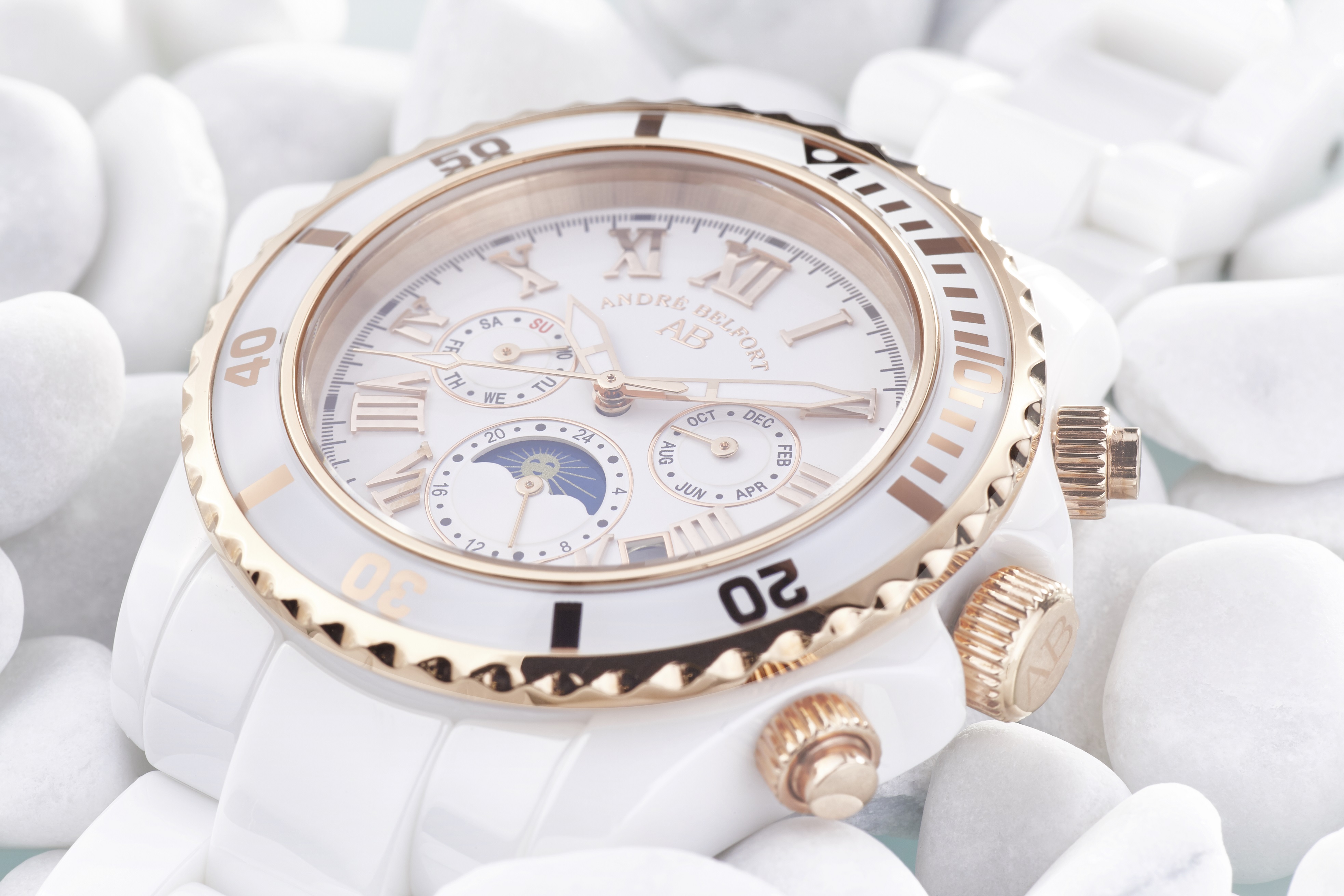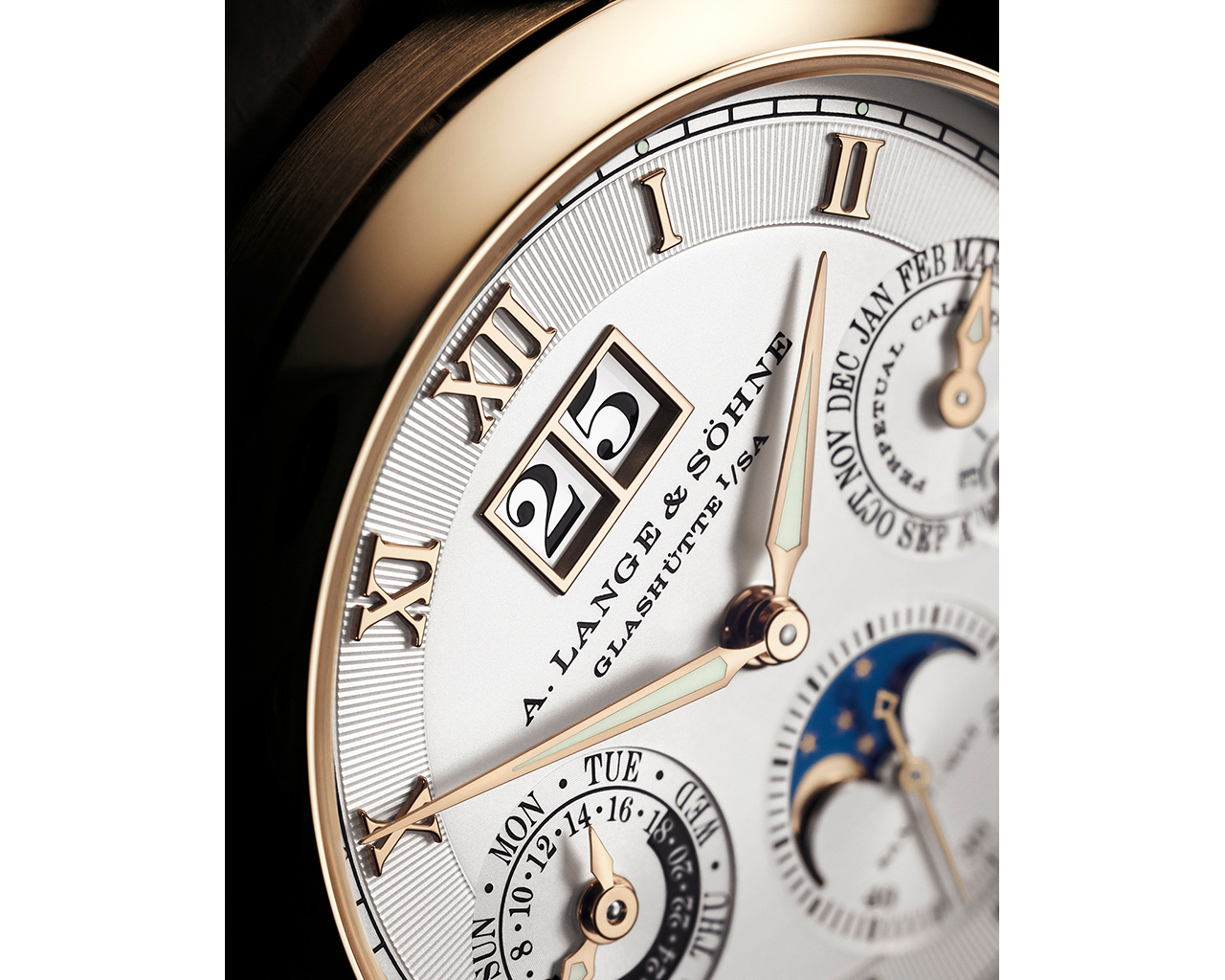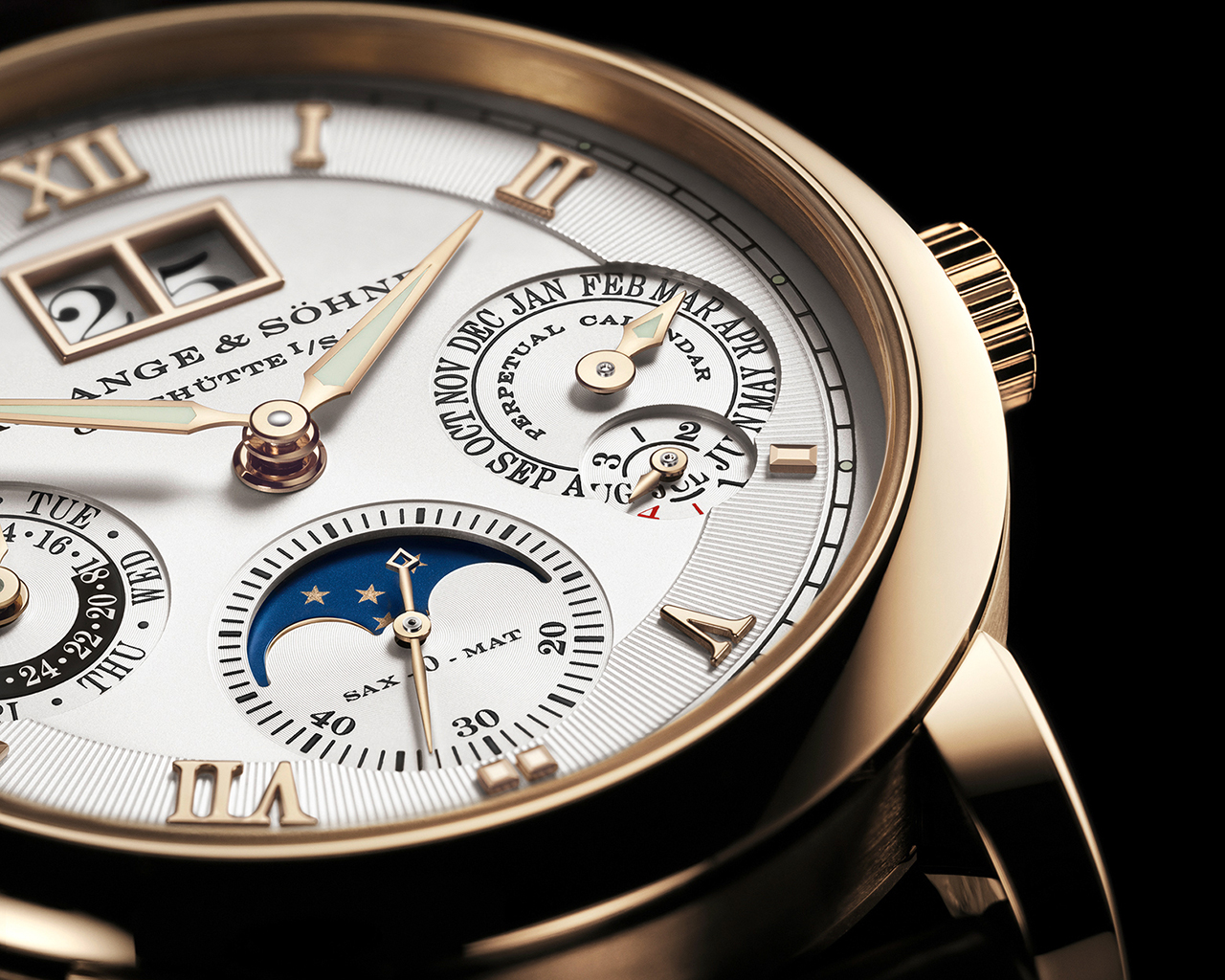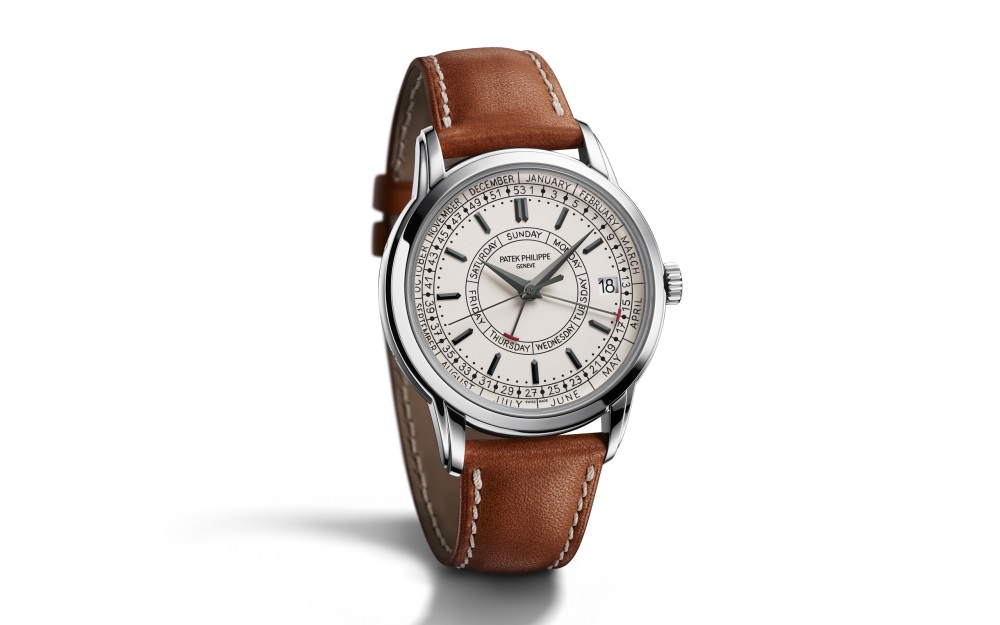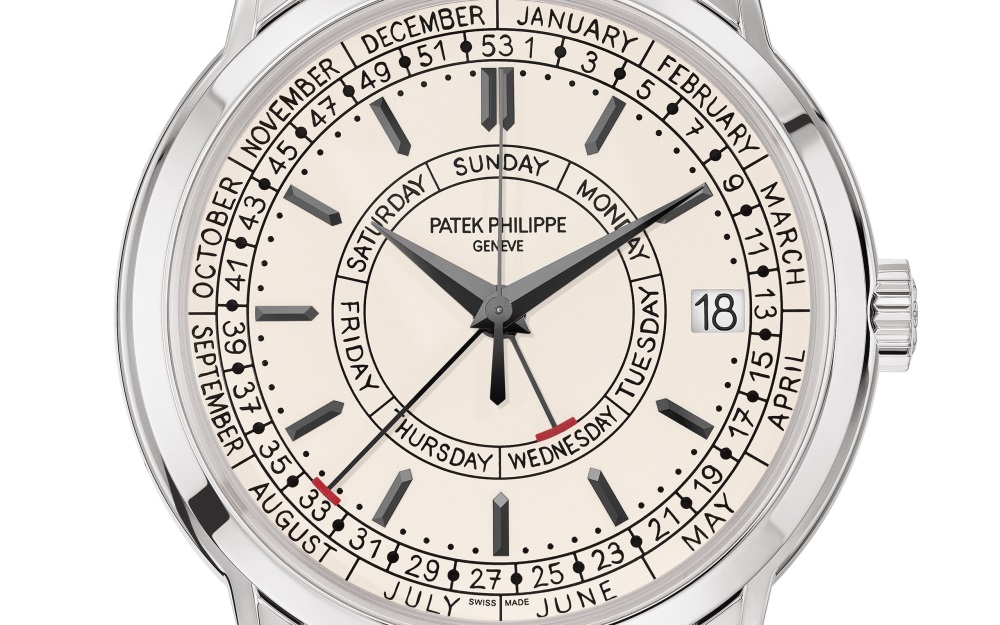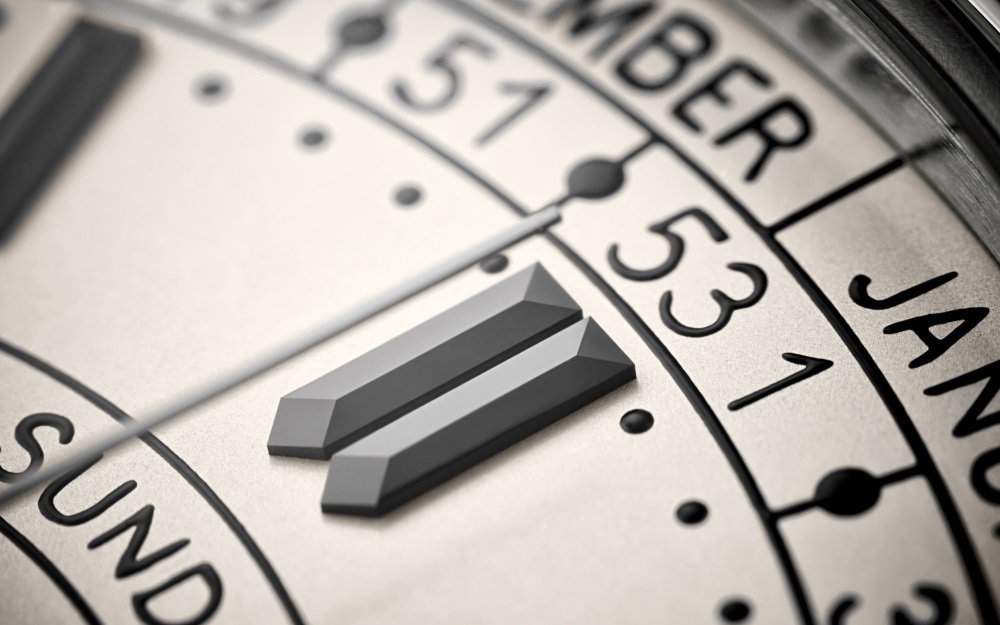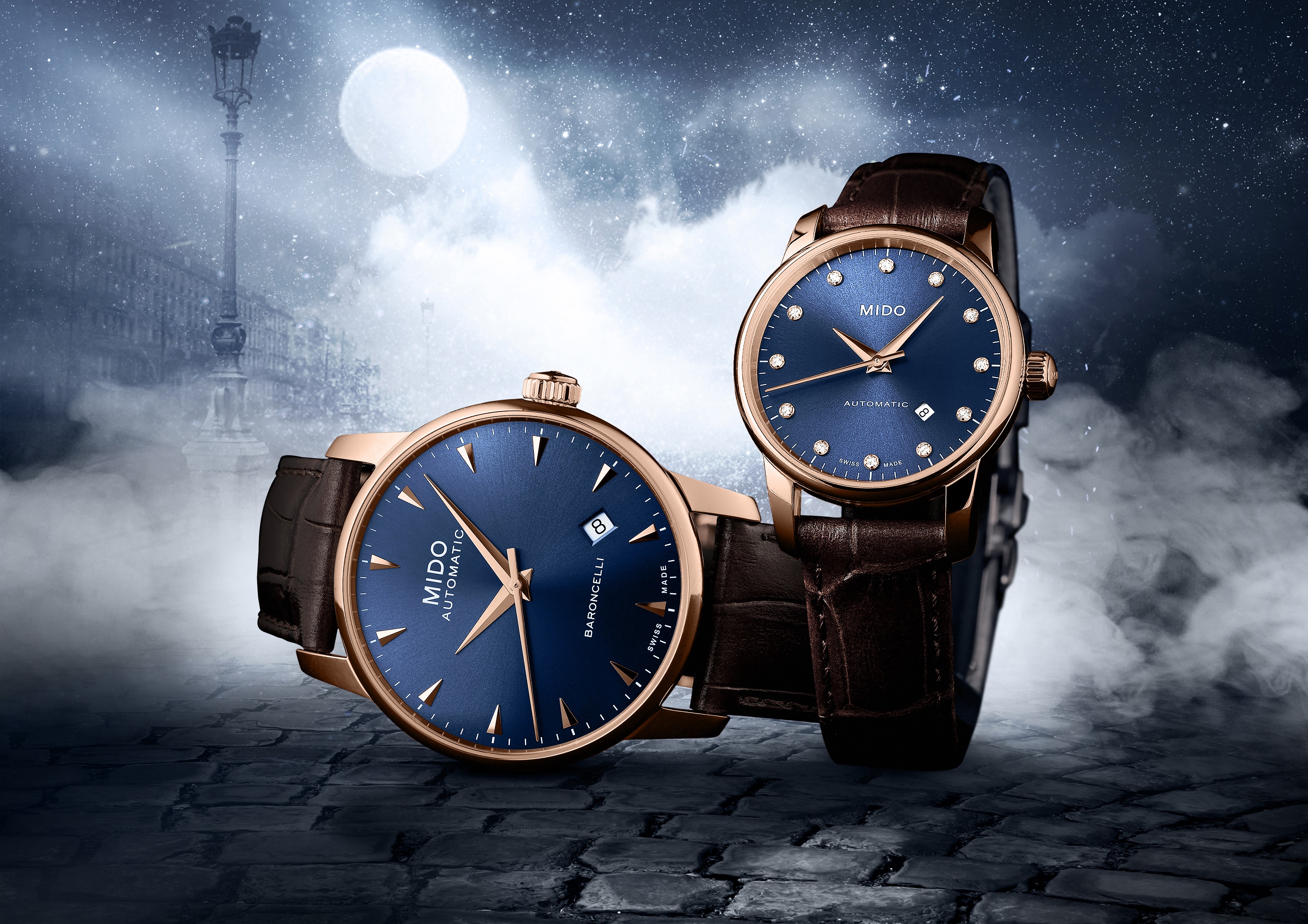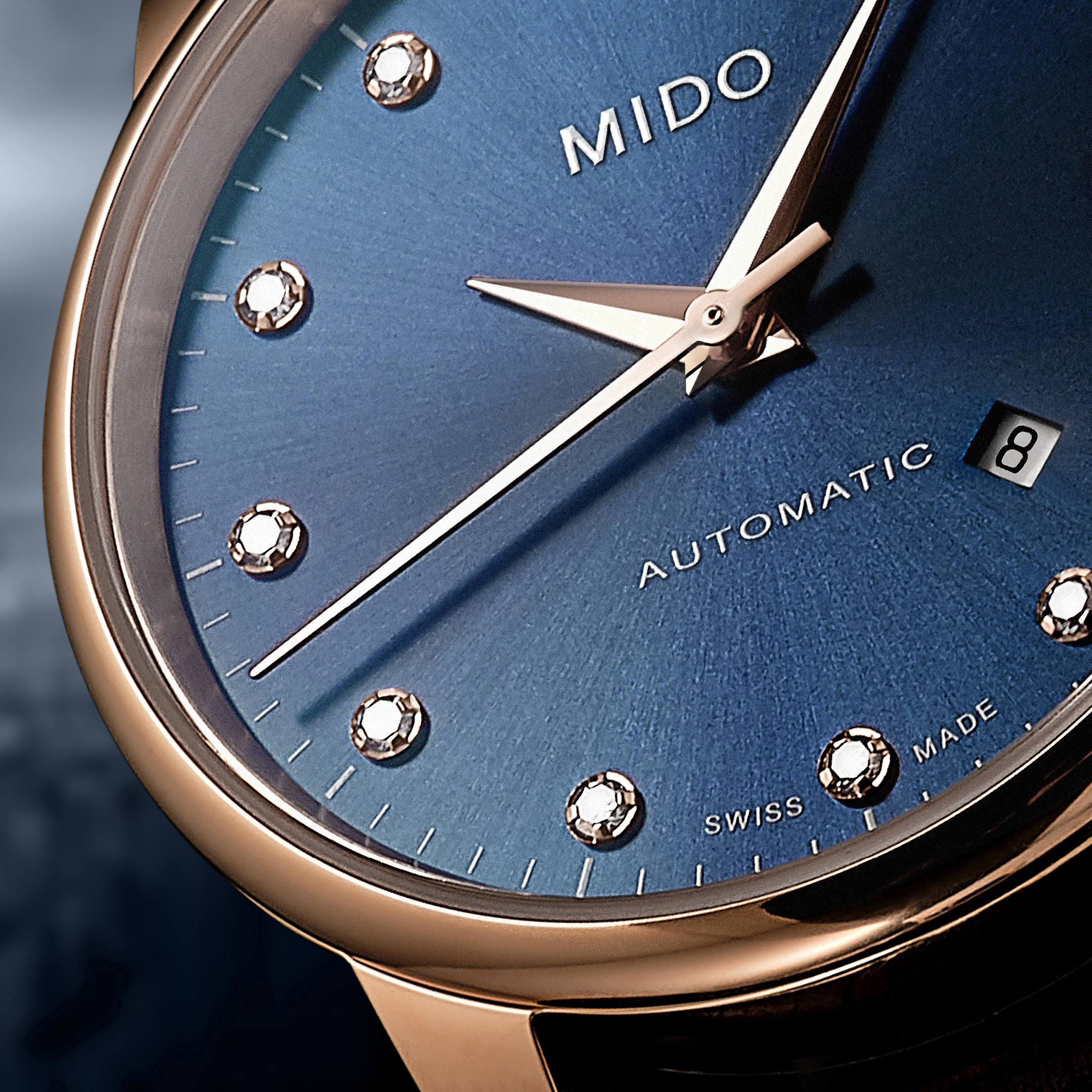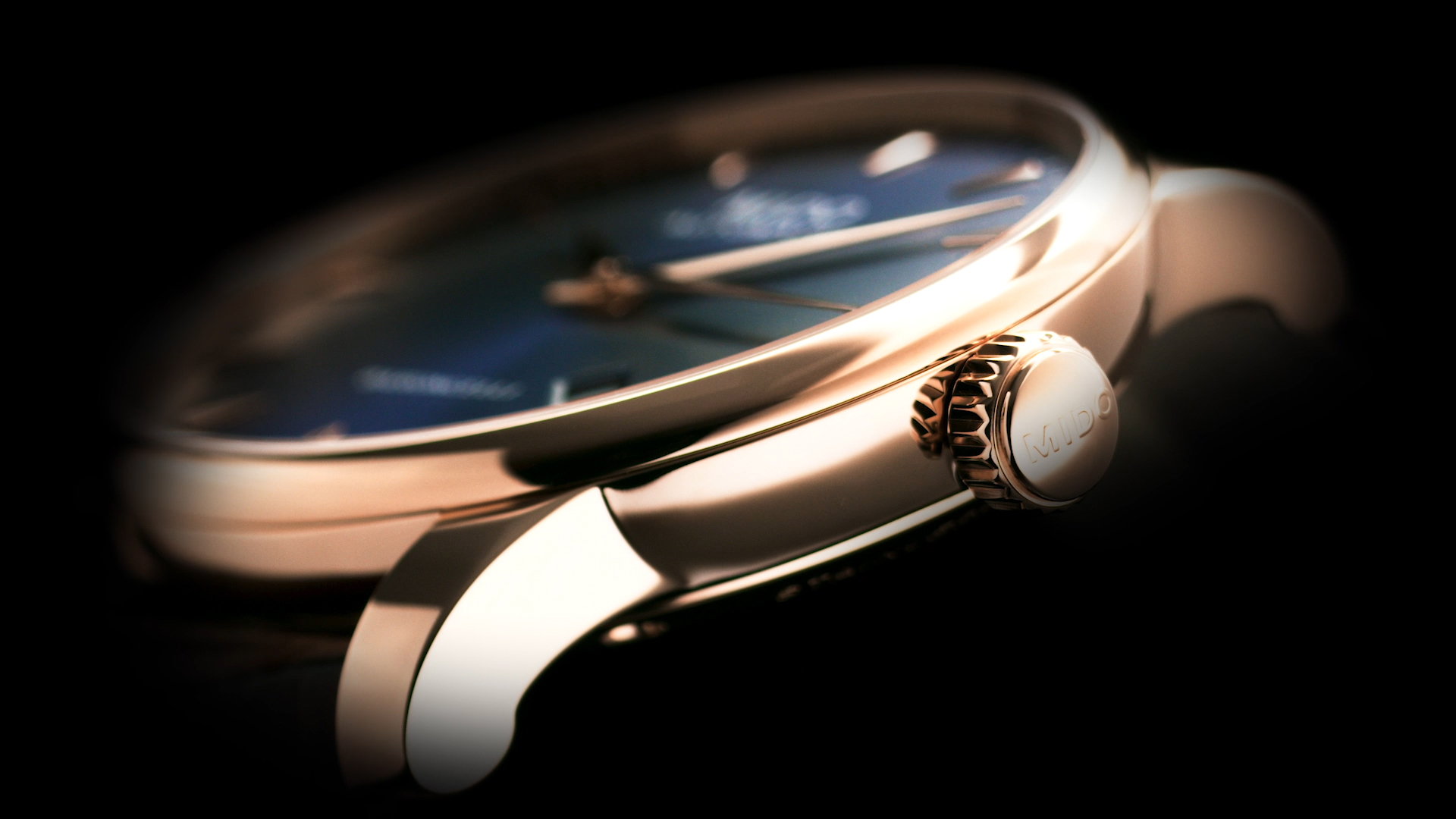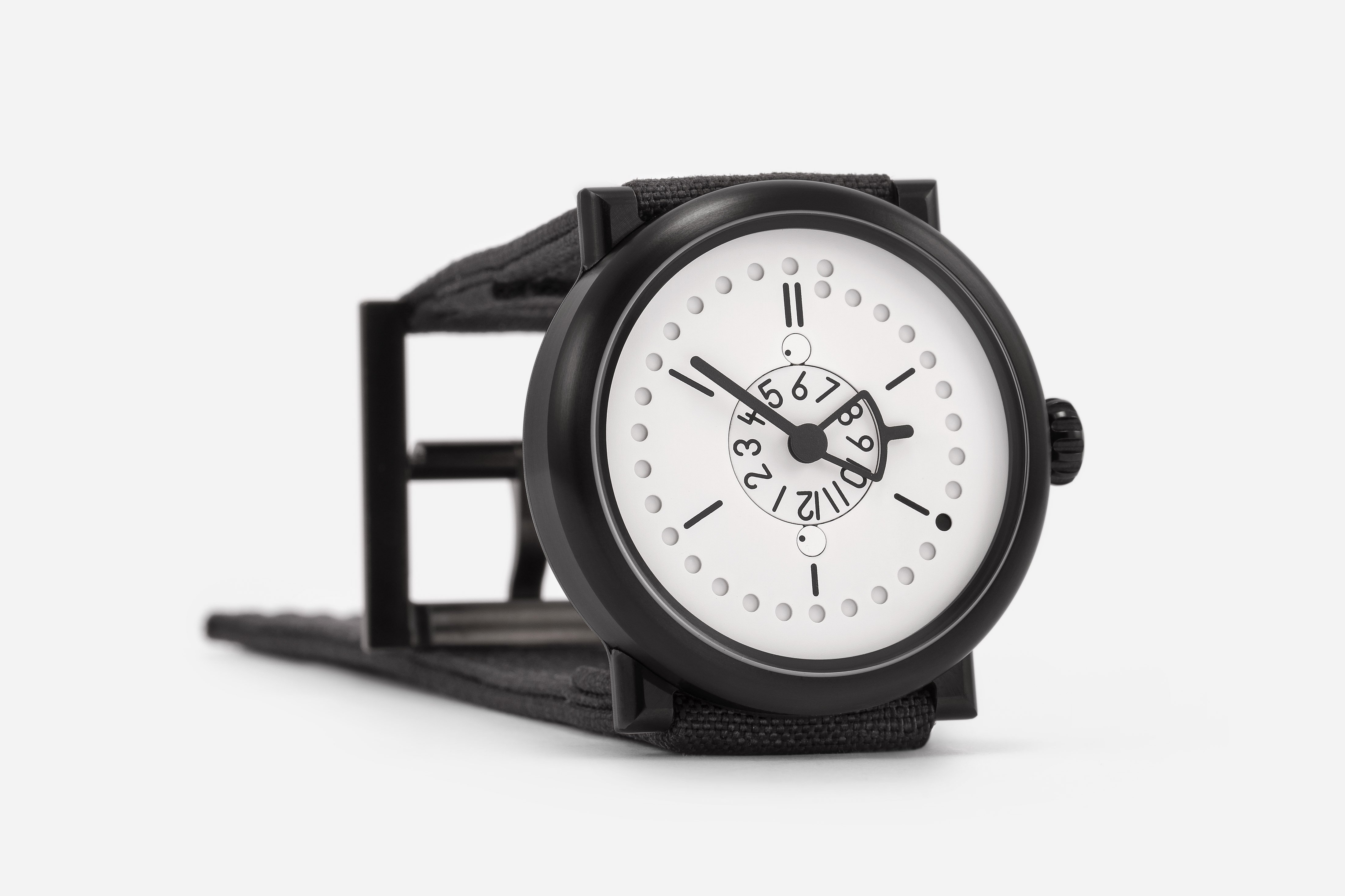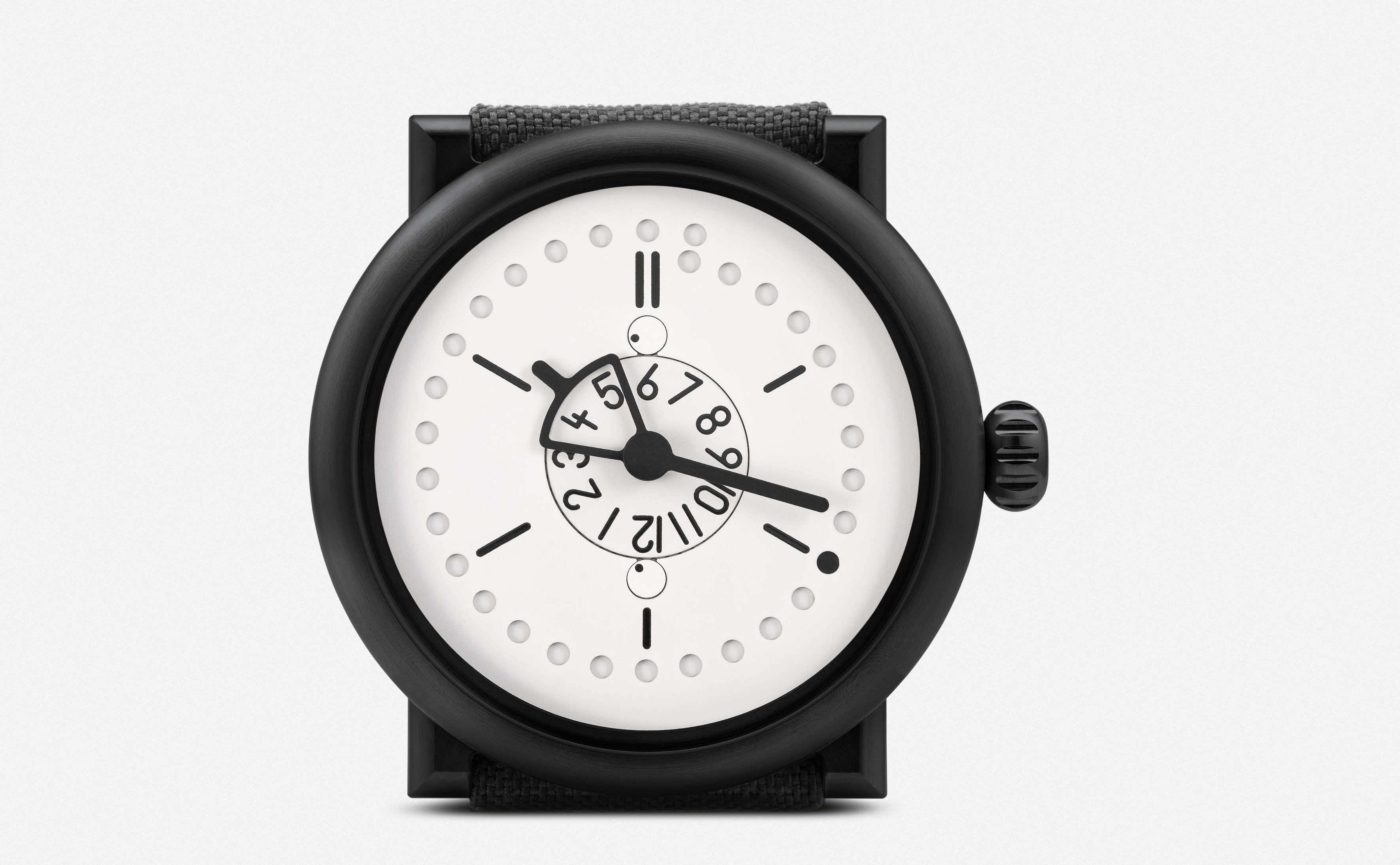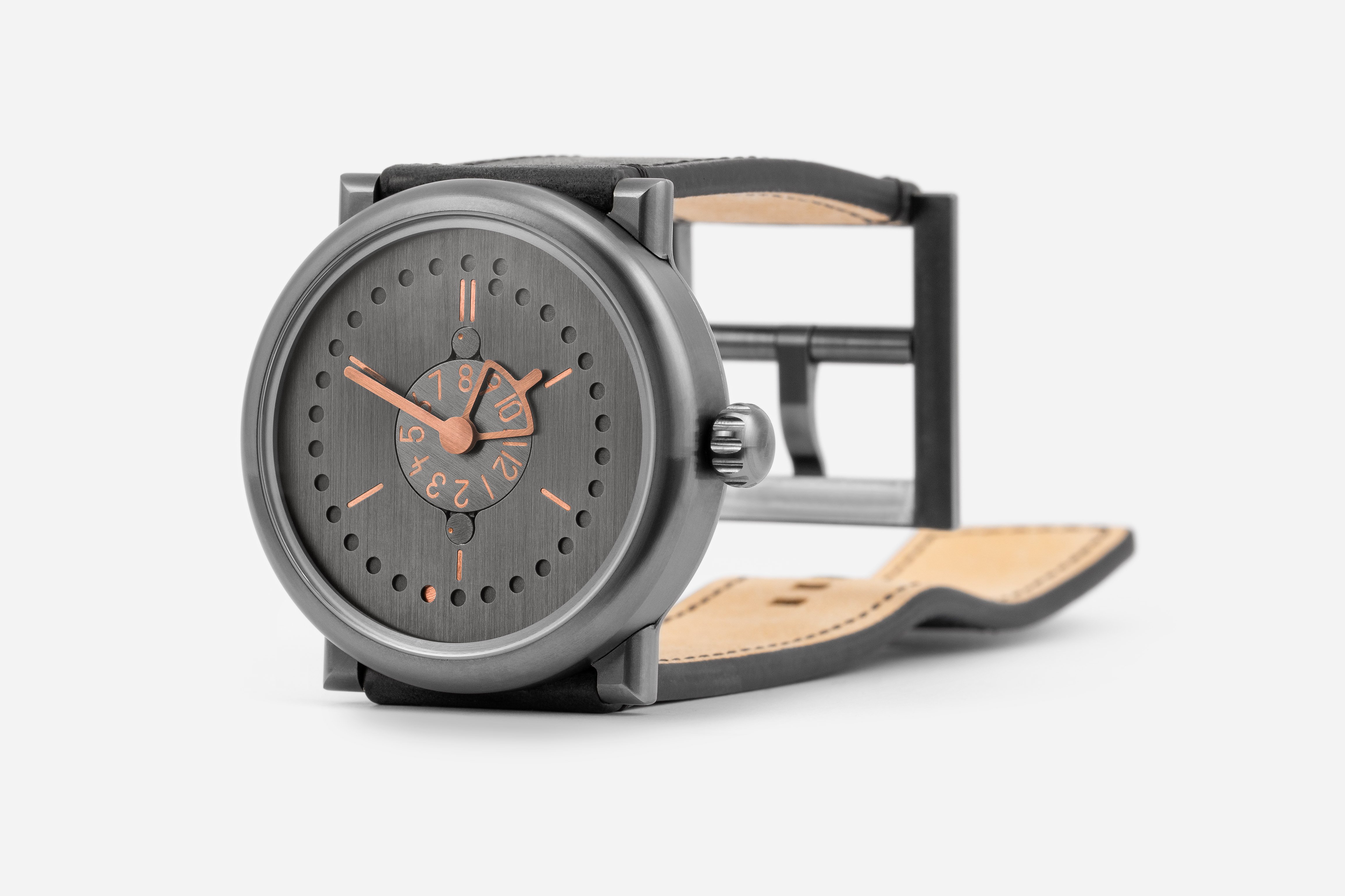Two years after it first appeared, Parmigiani Fleurier is updating the aesthetic of the Tonda 1950 Lune with a model featuring a slate dial and a second design with round diamonds on the bezel. Both showcase the poetry of the „lunar calendar“ complication which illuminates their dial with a new layout. Behind this harmony, it is easy to forget the sheer mechanical complexity required to create an ultra-thin self-winding movement with so many time indications.

With a rose gold case matched with a slate colour dial, this Tonda 1950 Lune is the epitome of the classic elegant watch. The lunar calendar, displaying the two hemispheres, is located at 10 o’clock instead of its previous position at 12 o’clock. This offset layout balances the date at 3 o’clock, the logo at 1 o’clock, and the small seconds window at 6 o’clock. All of the time indications are structured to create a pleasingly harmonious dial.
On the other hand, the Tonda 1950 Lune with diamonds features a rose gold case, a mother of pearl dial, a beautiful complement to the light which plays across the stones – a combination which cannot fail to enthral. Additional touches adorn the piece, such as the moon at 10 o’clock which is set in the middle of a starry sky, and the gold outline around the date window at 4 o’clock. Lastly, the dial has been made smaller to accommodate a slightly broader bezel, allowing larger diamonds to be set within it, offering exceptional sparkle and brilliance, unlike any other.

The Tonda 1950 Lune owes its slender proportions to its calibre, the PF708, a mechanism combining precision and reliability with automatic winding thanks to its platinum micro-rotor. Its elements have been carefully arranged o the main plate to ensure the various time indications are harmoniously displayed. As is standard practice at Parmigiani Fleurier, and one of its hallmarks, it boasts hand-applied finishes and bevelled bridges. Its structure is complemented by „Côtes de Genève“ decoration.
The automatic movement works at a frequency of 3 Hz and provides a power reserve of 48 hours.
Parmigiani Fleurier delivers the Tonda 1950 Lune with alligator leather straps – black for the men’s models, red and indigo for the women’s models.

